Public Space and Seating Cleaning Guideline During COVID-19 Outbreak
What you should know
COVID-19 mainly spreads from person to person, but it can also be left on objects and surfaces, so if people touch something contaminated and then touch their faces or others’ faces, they might all fall ill. Here are a some very important reminders about preventing the further spread of COVID-19 and reducing the risk of exposure for those managing seating in public areas.
As Leadcom seating products are designed for indoor use, this cleaning guideline is to help you manage auditoriums, cinemas, lecture halls, places of worship, waiting areas, buses etc. during COVID-19 and prevent infections. While these places may remain closed for the present, it is nevertheless important to keep them clean and disinfected.
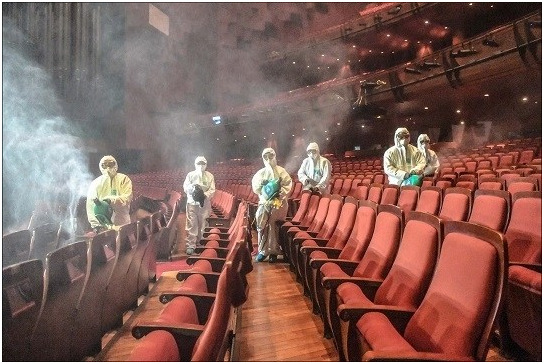
Having an orderly action plan
It is very important that you differentiate between what needs to be cleaned and what needs to be disinfected. Cleaning always comes before disinfecting with public seating, as to be effective, seating needs to be cleaned first, removing all debris, dust and dirt from the surface. There are products that both clean and disinfect, but care has to be taken using these because if the surface is especially dirty, the disinfecting process will not be effective.
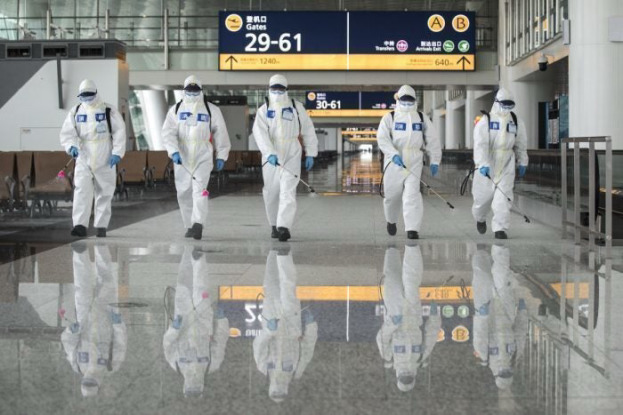
More importantly at the moment, is the vital necessity to clean and disinfect seating in those public places still open, such as hospital and airport waiting areas, coach bus and city bus, where people may be walking around, sitting and waiting. A plan for cleaning must include not just the seating, but also any tables, luggage rests, the floors, any support railings and even the walls.And extra care has to be taken where the parts of seating is upholstered or the surrounding area is carpeted.
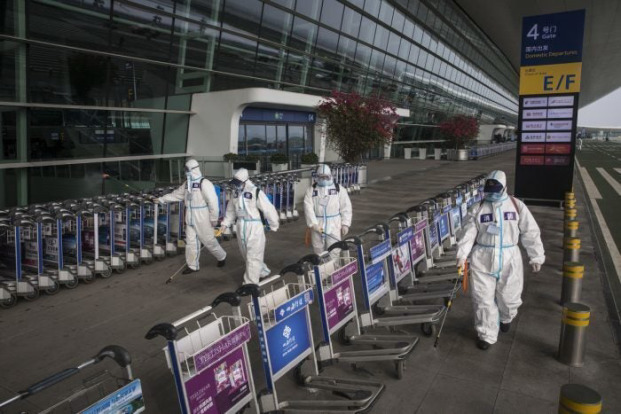
You need to carefully examine and evaluate your space where there is seating, decide the types of surfaces and the materials on those surfaces. Then list your cleaning and disinfecting routine, and ensure all people keep to the same plan to ensure a consistent approach.
Frequently touched surfaces, such as armrests and guide rails will always need to be both cleaned and disinfected.
Start With the Basics and Move Forward
First thing first. Decide first what has to be cleaned and create your cleaning timeline and procedure. The following procedures apply to the cleaning of seating upholstery such as fabric and leather, hard surfaces sch as wood, plastic and metal.
- What do you need before cleaning and disinfection
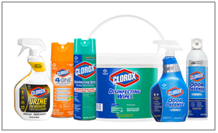
- Appropriate cleaning productCheck that it is safe to use and that it doesn’t damage the product being cleaned. The virus that causes COVID-19 can be eradicated providing you use the right products.
- Cleaning tools such as vacuum cleaner, spray bottles, mop, towels, bucket, broom etc.
- PPE (Personal protective equipment ) such as gloves, face masks, gowns, goggles etc.
2.Start cleaning and disinfecting
It is good practice to clean visibly dirty hard surfaces with soap and waterand vacuum upholstered surfaces first, as it has been proven that this helps decrease and often eradicate a level of viruses and bacteriaon surfaces as well as removing other germs, grease and dirt from surfaces. This cleaning should include the floors, especially under and around immediate area of the seating as well as the walls of the space and any guide rails where bare hands may have been placed.
Following the directions provided on the label or any accompanying instruction sheet is very important, as not only should the product be effective, but it shouldn’t leave a residue that might be harmful or irritating.
Unless using a combined cleaner and disinfectant that is proven to work, a disinfectant should then be used after cleaning. Disinfectants kill germs on surfaces, so by doing this, you can further lower the risk of spreading infection. But remember not to mix your own cleaning solutions, as these combined can produce irritating or even dangerous fumes.
- Seat upholstery
Vacuum seat fabric or leather first to remove dirt and debris. Wipe down fabric and leather surfaces (but do not soak the seats) with an antibacterial soap, then rinse promptly and dry as much surface water as possible with a clean cloth. For leather upholstery, choose a product specifically designed to clean and disinfectant leather surfaces, then apply good leather conditioner afterwards.
Pay special attention to seat headrest and armrest padding as they are the places touched most often.
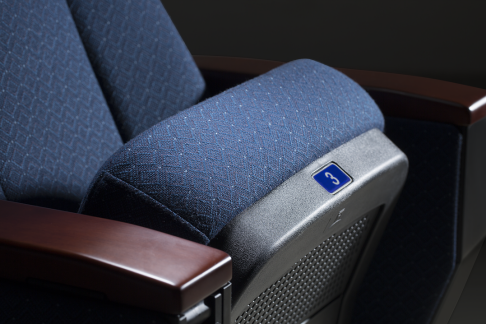
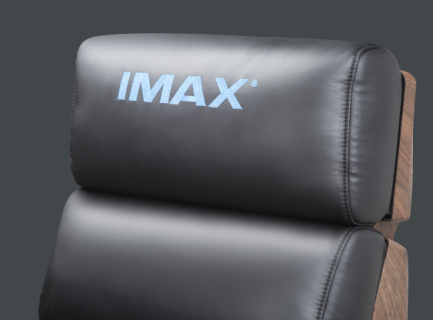
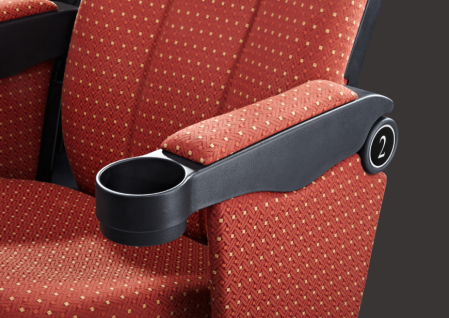
- PU padding – Clean with non-abrasive cleanser using a soft cloth and damp sponge, rinse cleaned area with fresh water then dry with a clean cloth.
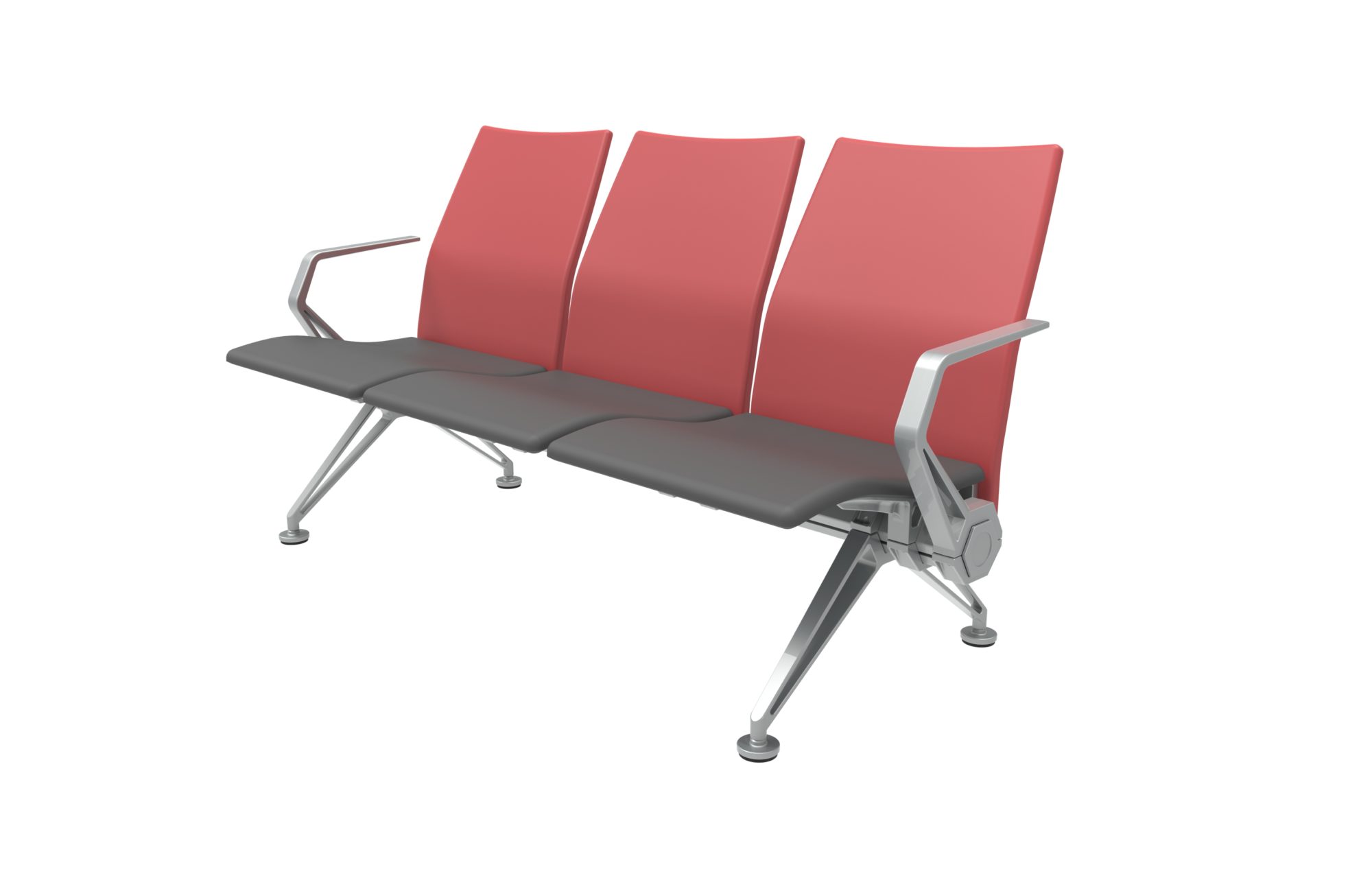
- Hard surfaces. For wood, plastic, and powder coated metal surfaces, it is recommended that the procedure should be as follows:
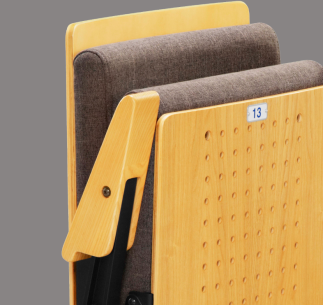
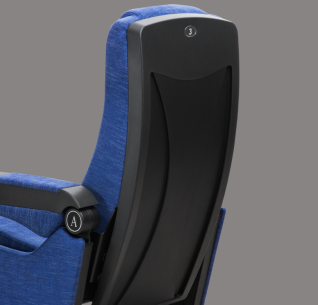
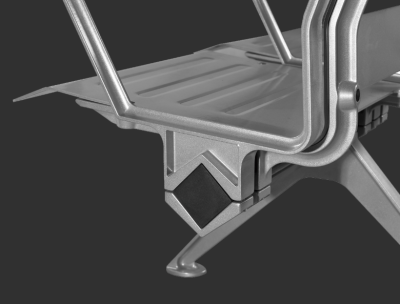
- Surfaces should initially be washed with mild soap and warm water (do not over-soak absorbent surfaces)
- Use a solution of 10% household bleach and 90% water for disinfection. Note that only warm water should be used as hot water reduces the efficacy of bleach
- Rinse all surfaces well and wipe dry
- No not use abrasive cleaners or chemicals which can scratch polished, powder-coated or painted surfaces through scrubbing
- If you use any other cleaning products on polyurethane surfaces, upholstered or wooden surfaces you should first ensure they are safe to use. It is highly recommended that you try out the product first on a hidden surface in advance of full cleaning of the seating to check for any fading or discoloration and damage to the surface.
If you are unsure regarding the use of specific cleaning or disinfecting material, please always refer to our material specification and cleaning guidelines as to what method you can use so as to not damage or compromise the seating material.
There are four types of cleaning you can use (after always checking any product labels):
- Steam cleaning and/or water-based cleaning agents. Always use plain, white towels to dab dry afterwards. Usually denoted on the fabric label as “W”.
- Solvents where the fabric might be sensitive to water cleaning. These are normally vacuumed out after they have dried. Usually denoted on the fabric label as “S”.
- Wet and solvent. First try wet cleaning, but if there is stubborn dirt, solvents may have to be used. Usually denoted on the fabric label as “WS”.
- No cleaning. Usually denoted on the fabric label by an “X”. This means that you can only brush or vacuum the surface as wet or solvents can stain, distort or cause the surface to shrink.
3.Dispose PPE and empty cleaning product bottles properly
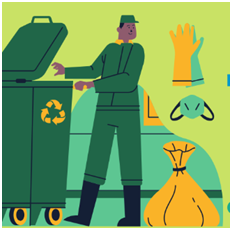
When it is time to dispose of personal protection equipment for non-medical applications, most used PPE can be thrown away without too much special treatment. This applies to items such as gloves, face masks and aprons.
However, it is very important to ensure full disposal or destruction of PPE designed for one use only. Re-using throwaway PPE is dangerous, especially if it has been used in connection with cleaning materials that may be considered hazardous to health, such as bleach.
Any reusable PPE equipment should be boil washed after each period of use.
Other considerations
You must always check the availability of cleaning products. Try to use a product that is in good supply, but if you have to change a product or brand, ensure it has the same or similar specification to your original product and that it is up to the job. Always check the product labels. Wear appropriate personal protection equipment (PPE) especially if cleaning in the presence of people. Wear appropriate gloves. If specialist cleaning is required, ensure you are trained in its correct use, or otherwise, employ experts for the job.
Maintain and revise your plan
Once you have a cleaning regime in place, it is very important to maintain it. You should continue your routine cleaning and disinfecting.
Always consider advice and practices that help reduce the potential for exposure to COVID-19. Certain practices will have to continue for the moment, and these include:
- Maintaining social distancing and staying at least 2 metres away from others if in a shared space
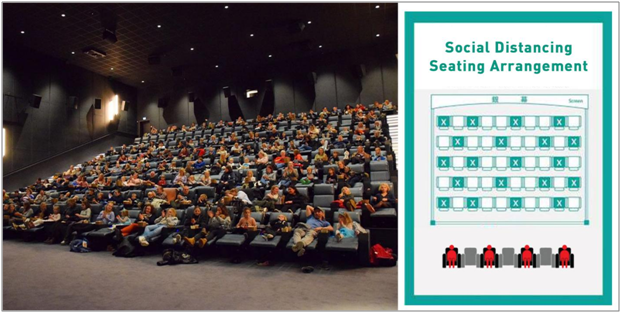
- Avoid touching your eyes, nose and mouth
- Wear cloth face coverings and disposable gloves that you change regularly during the working day when you are cleaning
- Wash your hands for at least 20 seconds with ordinary soap in hot, running water
- Where it is not possible to wash your hands, ensure you have an alcohol-based (at least 60-70% alcohol) hand sanitize with you at all times.
- Consider what surfaces you touch with your bare hands
- If you feel any way unwell, stay at home and consult a medic
Change your habits
You can also help reduce the risks by changing your practices in business. Where they are not internal fire doors, leave them open to reduce being touched by multiple people. Remove objects in common areas such as leaflet dispensers, water coolers, coffee machines and bowls of complimentary sweets. If possible, improve ventilation in your shared areas. If it is a busy through corridor, consider using a one-way system encouraging people to always perhaps walk up and down nearest to the left wall of a corridor.
Importantly, don’t rely on gadgetry such as UV lights or disinfectant sprayers. While the have their place, they are absolutely no substitute for a proper cleaning regime.
Communicate – let customers know
Tell you customers the preventative steps and measures you are using to prevent the spread and help with the eradication of COVID-19. Encourage them to also take suitable preventative and precautionary measures themselves, especially if they are visiting your premises. Help encourage all your visitors to take responsibility and look out for one another.
Also, take care of your staff and contractors. Tell them what you expect of them and what they should I turn expect from you in helping each other to stay safe.

Install information notices in and around your public space entrances advising of the COVID-19 protocols you have in place. But keep all notices, simple, to the point and most of all, easy to access and read.
 EN
EN ES
ES FR
FR NL
NL DE
DE